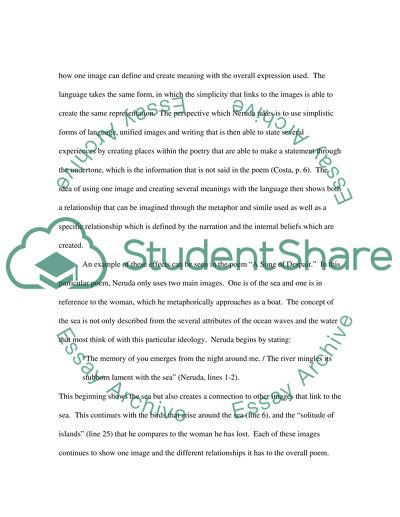Cite this document
(“Latin American Poetry Essay Example | Topics and Well Written Essays - 2500 words”, n.d.)
Retrieved from https://studentshare.org/literature/1427275-latin-american-poetry
Retrieved from https://studentshare.org/literature/1427275-latin-american-poetry
(Latin American Poetry Essay Example | Topics and Well Written Essays - 2500 Words)
https://studentshare.org/literature/1427275-latin-american-poetry.
https://studentshare.org/literature/1427275-latin-american-poetry.
“Latin American Poetry Essay Example | Topics and Well Written Essays - 2500 Words”, n.d. https://studentshare.org/literature/1427275-latin-american-poetry.


